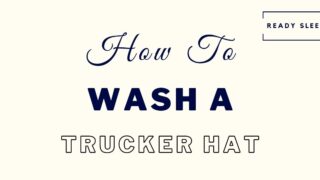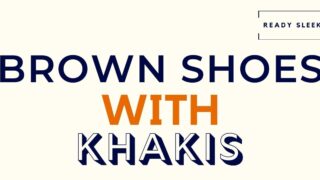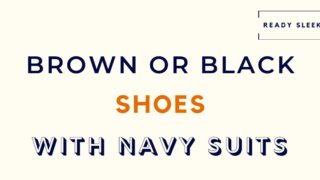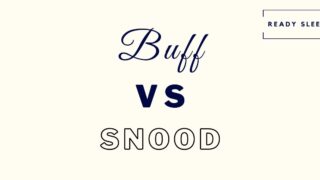Charcoal suits are incredibly versatile and can be worn with blue shirts in a variety of different shades. However, the combination needs to be worn in the right way and in the right settings.
Here’s the bottom line:
A charcoal suit can be worn with a blue shirt in business-professional and smart-casual settings. Light blue shirts should be worn when wearing a charcoal suit in a professional setting. Shirts in darker shades of blue (eg. royal blue, steel blue, or navy) can be worn in more casual environments.
While that brief summary will serve you well, you’ll need more.
Let’s go through some crucially important tips for getting this suit and shirt combination perfect no matter what you may be dressing for.

7 Tips For Wearing A Charcoal Suit With A Blue Shirt
They make all the difference – be sure to read through them all.
It’s Never “Formal”
A charcoal suit and blue shirt combination should never be worn in truly formal settings. That may surprise some of you, so let me explain.
A “formal” setting will usually have a specific set of requirements. More often than not, what it’ll require is a dark and neutral 2-piece suit at a minimum.
Yes, a charcoal suit would tick this box.
However, a blue shirt wouldn’t usually be appropriate in a truly formal setting – a white dress shirt would be a much better option.
Even light blue shirts wouldn’t go down too well in a truly formal setting.
So, where can you wear this combination?
Well, a charcoal suit and a blue shirt can be worn in both business-professional and smart-casual settings.
Business-professional environments are essential corporate workplaces/office settings where suits are required. Law firms, investment banks, etc.
These are settings where a similarly dark and neutral suit would go down well.
However, the main difference between professional settings and truly formal settings is that a light blue shirt would usually be considered acceptable in professional environments.
We’ll talk about this more in the next tip.
Consider The Contrast And The Shade Of Blue
When wearing a charcoal suit with a blue shirt in a professional setting, ensure the shirt is in a light shade of blue.
Light blue shirts are often worn in corporate workplaces. They’re considered one of the few acceptable alternatives to a white shirt in these settings.

On the other hand, medium and dark blue shirts should never be worn in business-professional settings.
They’ll almost always be considered underdressing.
In smart-casual settings, you have way more opportunities to experiment with the colors of your suit and shirt.
A charcoal suit could potentially be worn with light, medium, or dark blue shirts. You’d get away with it because the dress code is casual enough to allow for it.
Given the choice you have in smart-casual environments, the shade of blue you choose should really be guided by the look you’re going for.
Consider the contrast between the charcoal suit and the blue shirt.
If you’d prefer a low-contrast, sleek, and bold aesthetic, consider a charcoal suit with a dark blue shirt (eg. midnight blue or navy).
If you’d prefer a more subtle aesthetic, consider wearing a charcoal suit with a light (eg. baby, sky, powder) or medium (eg. royal, steel, teal) shade of blue.

The darker the shade of blue, the more casual and less professional the combination will look as a whole.
Coordinate The Fabrics
While color coordination is important, it’s also essential to consider the construction of your charcoal suit and your blue shirt and whether they work well with each other.
The fabric is one of the main factors here.
Here’s what you need to know:
- In professional settings, go for charcoal suits and blue shirts with smooth, wrinkle-resistant textures.
- In more casual settings, go for charcoal suits and blue shirts with more rugged or wrinklier textures.
While you could get bogged down with the details of specific fabric and weave names, sticking to these basic principles will serve you well.
If a suit or shirt has a sheen to it or is simply smooth and wrinkle-resistant, it’ll come across as dressier and more formal.
Worsted wool charcoal suits would be a great example of this. Blue cotton shirts with a high thread count and made from a poplin or Oxford weave would also be great examples.
These work well in business-professional settings.
In smart-casual settings, charcoal suits made from rougher and more rugged fabrics and weaves such as tweed, linen, herringbone, or flannel would work better.
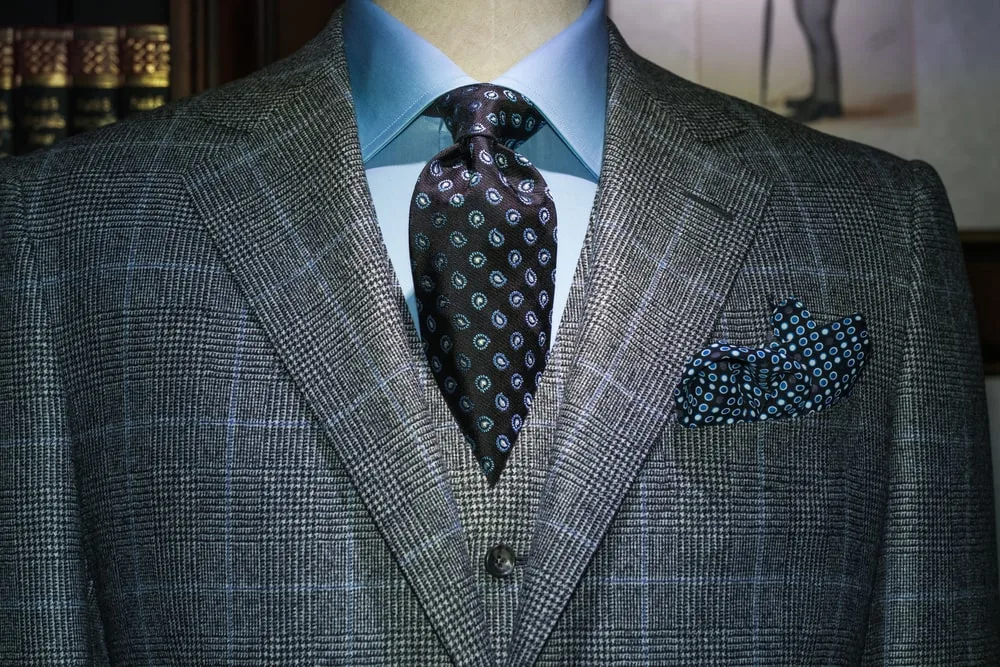
Image From Deposit Photos
When it comes to the blue shirt, consider similarly rough/rugged textures such as Oxford cloth (OCBDs), chambray, linen, and even denim.
Yes, a charcoal suit would look great with a blue denim shirt if the setting is casual enough for this look to make sense.
Black Or Brown Dress Shoes
A charcoal suit and blue shirt combination would work well with both brown and black dress shoes. In professional settings, black or dark brown Oxfords, Derbys, or monk straps would usually be the best options.
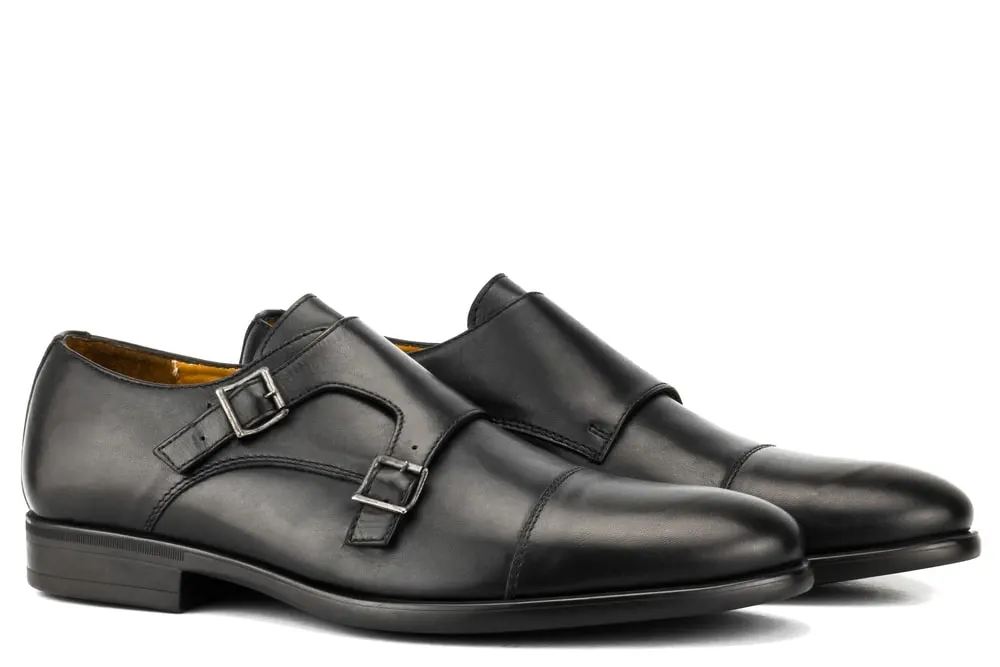
Image From Deposit Photos
In more casual settings, you could easily go for shoes in lighter shades of brown (eg. tan) or similar smart-casual shoe colors such as oxblood or burgundy.
In these smart-casual settings, consider classic variants of the loafer such as penny, tassel, or Gucci loafers.
Of course, these would really only make sense during the warmer months of the year given their ankle-exposing construction.
During the colder months, consider suede Chelsea or chukka boots as great winter-appropriate smart-casual alternatives.
Careful With The Color Of Your Tie
In professional settings, a charcoal suit and blue shirt combination would work best with a neutral-colored tie such as black, grey, or navy.
Given the fact that you’re wearing a light blue shirt and not a white shirt, you’ll want to play it safe with the color of your tie to avoid coming across as too bold.
You don’t want to turn up to work in a charcoal suit, blue shirt, and marmalade orange tie, for instance.
In smart-casual settings, you do have the freedom to experiment with your tie color.
However, to keep things looking sophisticated, try to keep things dark and muted no matter what tie color you go for.
Let’s use red ties as an example.
While you could wear a charcoal suit and a blue shirt with a tie in a light, bright, and bold shade of red such as scarlet, it’s often a little too attention-grabbing to be considered elegant.
Instead, try a dark and muted shade of red such as maroon, burgundy, or crimson.
These dark tie colors sync well with the dark grey suit.
The same would go for other bolder and more vibrant tie colors.
Instead of a mint, lime, or chartreuse green tie, consider an olive, sage, forest, or hunter green tie.
Instead of a blush pink or Fuschia tie, consider a salmon pink tie.
Silver Accessories Often Look Great
When accessorizing, it’s often a good idea to step back and take color temperature into account.
Charcoal and blue both have “cool” undertones. Compare this with the “warm” undertones of yellow, orange, or red.
Making an effort to wear accessories with similarly cool undertones when wearing a charcoal suit and a blue shirt is a (relatively) simple way to take things to the next level.
It’s the little nuances like this that make it clear you know what you’re doing.
So, instead of gold accessories, consider silver ones instead. Silver is cool while gold is warm.
Silver is more likely to sync well with a charcoal suit and a blue shirt than gold is.
Take this into account when it comes to your watch, your cufflinks, your tie bar, your belt buckle, and so on.
Coordinate Your Pocket Square (If You Need One)
It’s almost too easy.
But a simple pocket square can elevate even the most basic charcoal suit and blue shirt combination.
While a pocket square should never be worn in business-professional settings, it could work exceptionally well for a smart-casual one.
Consider the color and the contrast you want to achieve between the pocket square and your other items.
A white pocket square would be the easiest neutral option you could go for. It’s simple and subtle, yet effective.
If you did want to add a touch of color, however, coordinate it.
If you’re wearing a tie, it would usually be best to coordinate the pocket square with it. You could choose a pocket square that’s a different shade of the same color as your tie.
For example, a charcoal suit, a blue shirt, a forest green tie, and an olive green pocket square.
Alternatively, you could go for a pocket square in a color that’s close to your tie color on the color wheel. In other words, an analogous combination.
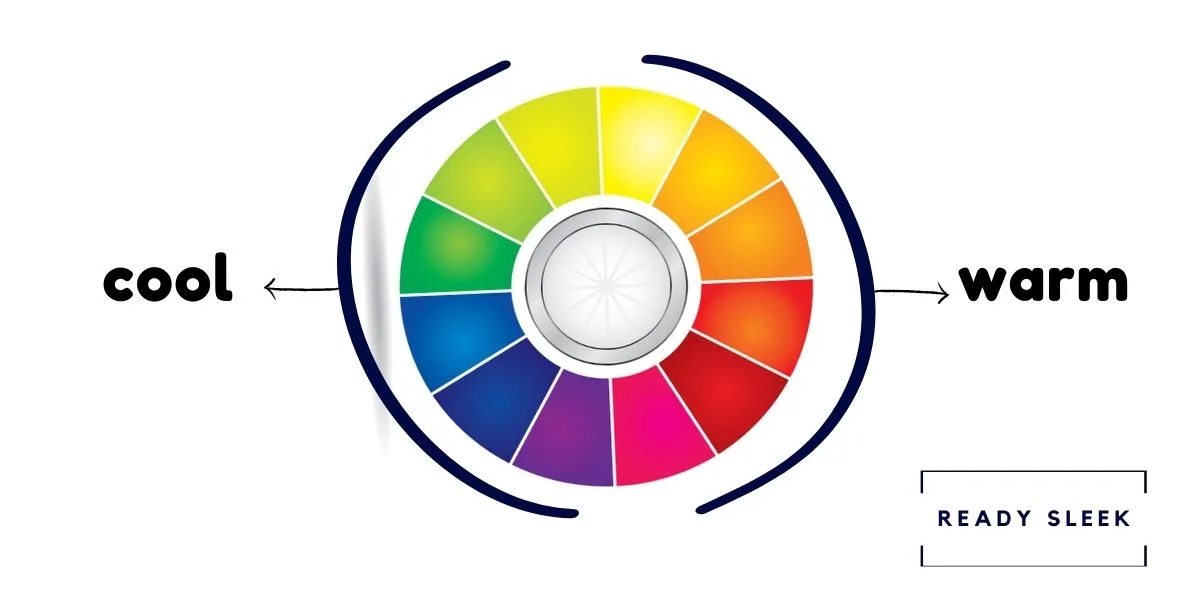
In the case of a green tie, this could mean going for a blue or purple pocket square.
Of course, the bolder and more colorful your pocket square, the more casual the outfit will look as a whole.
But in smart-casual settings, playing around with color like this can work well if enough thought is put into it.
Ready Sleek founder. Obsessed with casual style and the minimalist approach to building a highly functional wardrobe. Also a fan of classic, vintage hairstyles.


